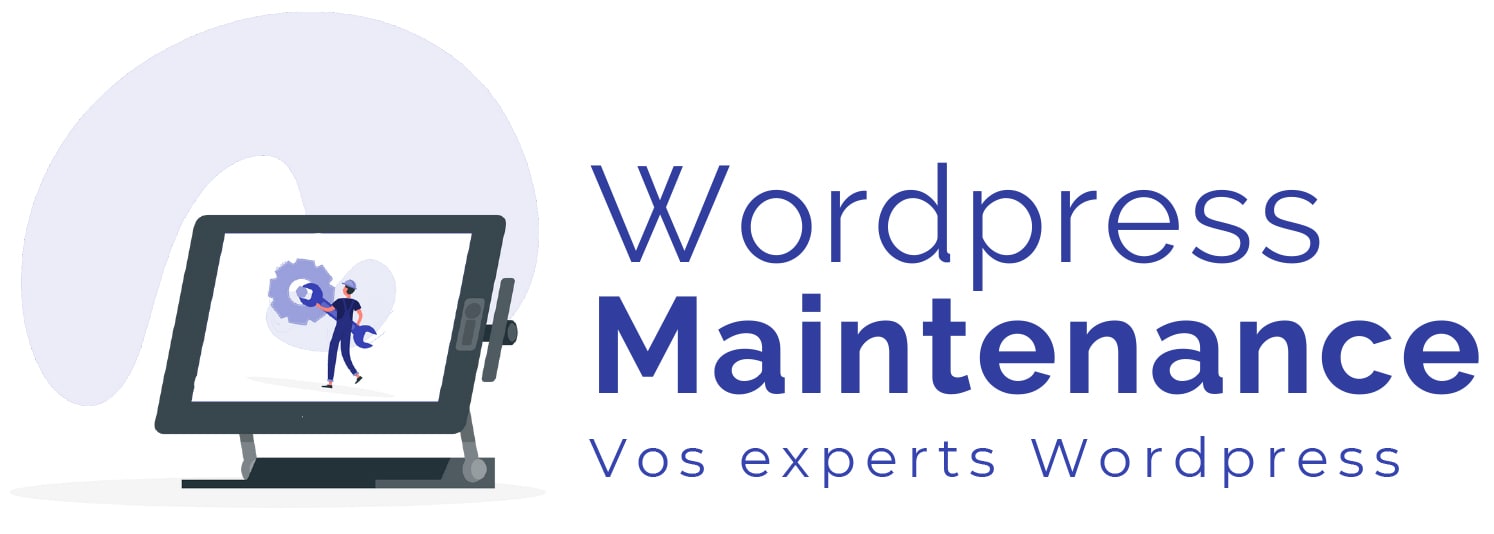Introduction to using Roles and Capabilities in WordPress
One of the most important aspects of managing a website is controlling who can do what. In WordPress, this is managed by a system called roles and capabilities. This system allows site administrators to determine precisely what each user can and cannot do.
By default, WordPress offers six user roles: Super Administrator, Administrator, Editor, Author, Contributor and Subscriber. Each of these roles has a specific set of capabilities, which are the tasks a given user is allowed to perform.
This guide will help you understand how roles and capabilities work in WordPress, and how you can use them effectively to manage permissions on your site. We'll also cover some best practices for managing roles and capabilities, and some useful plugins that can help you customize the system to your own needs.
Discover our offers for WordPress website maintenance
Understanding Roles and Capabilities in WordPress
Roles and capabilities are built-in WordPress features that allow you to control what users can and can't do on your site. A role is essentially a set of capabilities, and each user on your site is assigned a role. For example, an administrator has all the capabilities and can perform all actions on a WordPress site, while a subscriber has a limited set of capabilities.
It's important to note that roles and capabilities are not static. You can m odify the capabilities associated with a role, add new capabilities and create new roles. This gives you the flexibility to customize the user experience on your WordPress site.
odify the capabilities associated with a role, add new capabilities and create new roles. This gives you the flexibility to customize the user experience on your WordPress site.
How to use Roles and Capacities effectively
Effective use of roles and capabilities starts with a clear understanding of what you want to achieve. For example, if you have a blog where several people post content, you may want to give these people the role of author or contributor. This will allow them to create and manage their own posts, but they won't be able to edit other people's posts or change site settings.
Suppose you have a community news site where you want community members to be able to submit news articles. In this case, you could create a new role called "reporter" with the ability to create posts, but not to publish them. You can then assign this role to community members.
It's also possible to use roles and capabilities to control access to content. For example, you might have an e-learning site where certain content is only available to users who have the "student" role. You can achieve this by associating the ability to view this content with the student role.
Integration with other WordPress features
Roles and capabilities can be integrated with other WordPress features to create a richer user experience. For example, if you're using an advanced commenting system on your WordPress blog, you can use roles and capabilities to control who can post comments, moderate comments, and so on. For more information on integrating an advanced commenting system, check out this article.
Similarly, if you have an online store, you can use roles and capabilities to control who can add products, manage orders and so on. This can be particularly useful if you have a team of people working on your store.
Conclusion
Roles and capabilities are powerful tools that allow you to control the user experience on your WordPress site. By understanding how they work and using them wisely, you can create a site that perfectly meets your needs and those of your users.

Example 1: Using roles to manage authorizations
In WordPress, you can assign a specific role to each user according to their responsibilities. For example, if you have a blog and want to allow other people to publish articles, you can assign them the role of 'Contributor'. This allows them to write and manage their own articles, but they cannot publish articles without the approval of an administrator.
Example 2: Creating custom roles
If the default roles don't meet your needs, you can create custom roles with specific capabilities using plugins like 'User Role Editor'. For example, you can create a 'Social Media Manager' role that can publish and edit articles, but also manage comments and media.
Example 3: Limiting a role's capabilities
You can also restrict the capabilities of a specific role. For example, if you don't want contributors to be able to see comments on their articles, you can use a plugin to remove this capability from their role.
Example 4: Capacity management at user level
In addition to managing capabilities at role level, WordPress also lets you manage capabilities at user level. For example, you can give a specific user the ability to publish articles, even if they have the role of contributor.
Example 5: Using plugins to manage roles and capabilities
There are many plugins that can help you manage roles and capabilities more effectively. For example, 'Members' is a plugin that lets you create and manage roles and capabilities, while giving you precise control over permissions.







